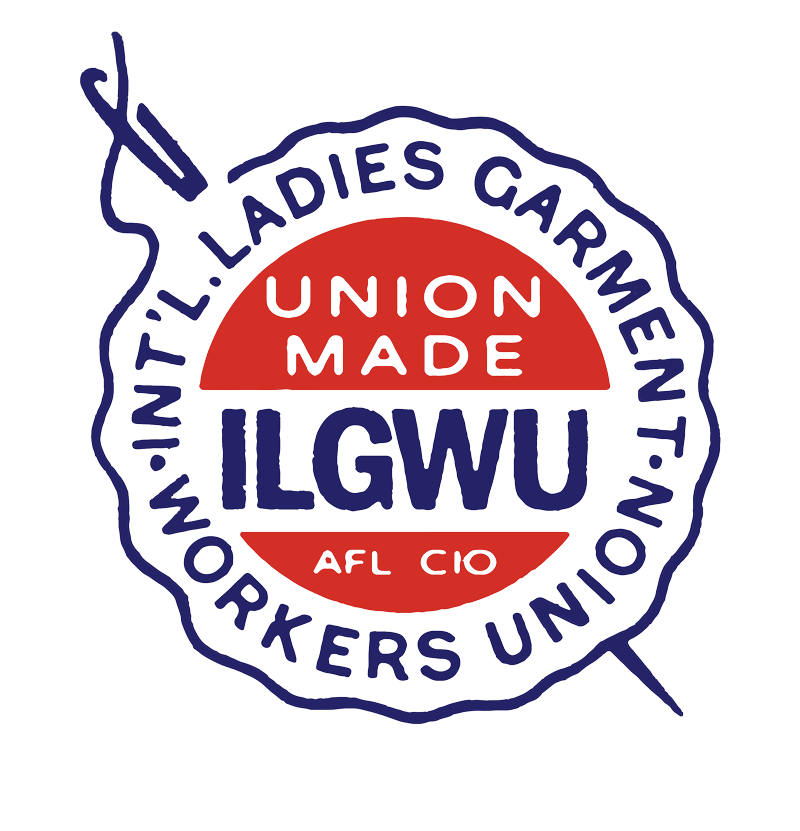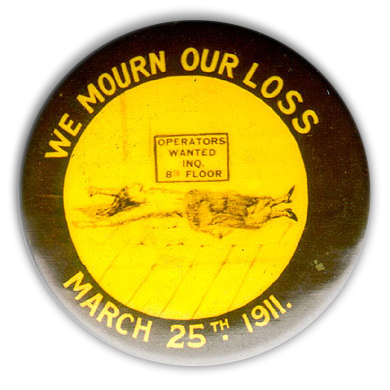⟞ Exhibit Menu ⟝

The ILGWU
Social Unionism in Action
New York: Triangle Factory Fire button

Robert F. Wagner Labor Archives, New York University
More than 80,000 mourners marched for hours in a rainstorm to pay tribute to the 146 workers, most of them Jewish and Italian teenage girls, who were killed in the Triangle Shirtwaist Factory on March 25, 1911. That Saturday afternoon, about five hundred employees were at work making the high-necked blouses worn by working women of the day. At 4:30pm there was a muffled explosion. Smoke poured out of the eighth-floor windows. Within minutes flames raged out of control; girls jumped to certain death from windows high above the street; locked exits and a fire escape that buckled under the weight of fleeing workers blocked escape. The fire lasted only eighteen minutes.
The tragedy shocked and outraged the nation. At a memorial meeting in the Metropolitan Opera House, Rose Schneiderman, a young garment worker and organizer for the New York Women’s Trade Union League, spoke: “Every year thousands of us are maimed. The life of men and women is so cheap and property is so sacred! I know from my experience it is up to the working people to save themselves, and the only way is through a strong working-class movement.” Out of the crucible of the Triangle Fire, that movement grew. it pushed politicians to accept a new notion of the responsibilities of government. The extensive work done by the commission set up to investigate the fire—the New York State Factory Investigating Commission–ultimately resulted in passage of thirty six new labor laws, the foundation of New York State’s industrial code, and an industrial safety model for the nation.
The ILGWU grew stronger as well, strengthening its organizing efforts and its focus on health and safety issues for garment workers in the wake of the fire.
